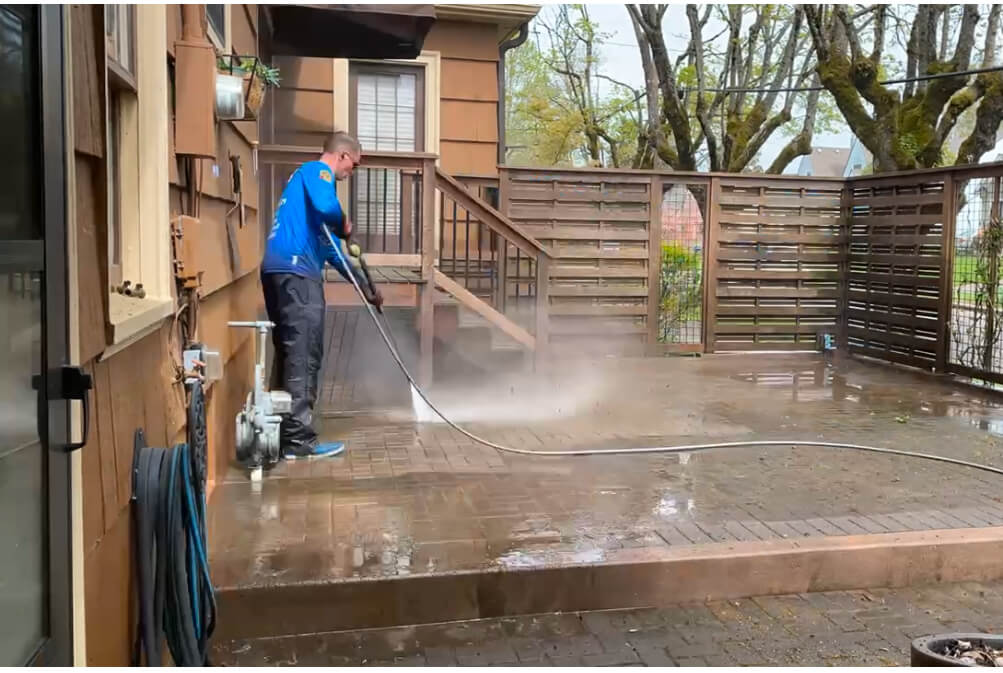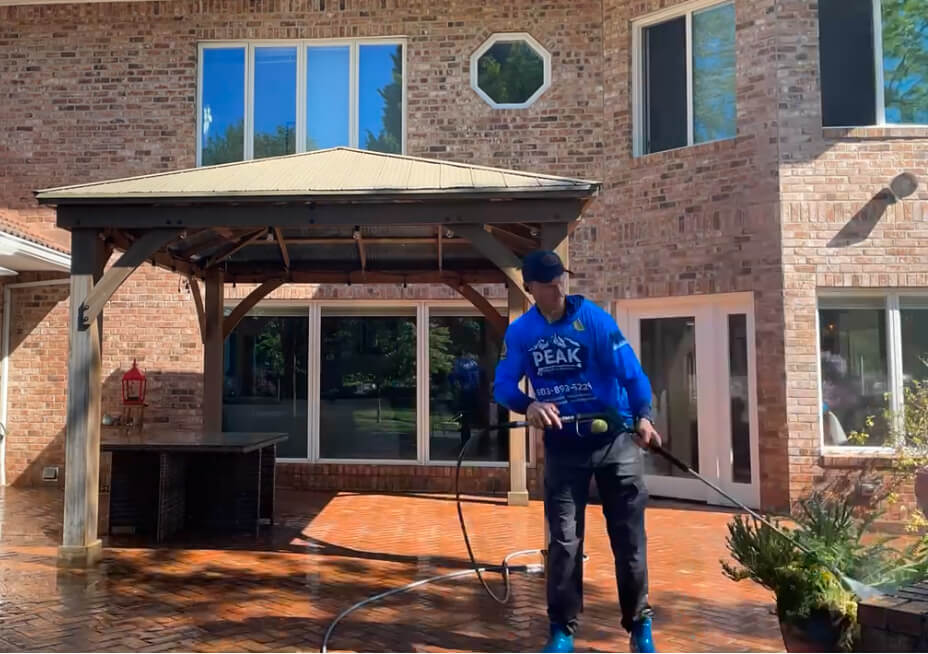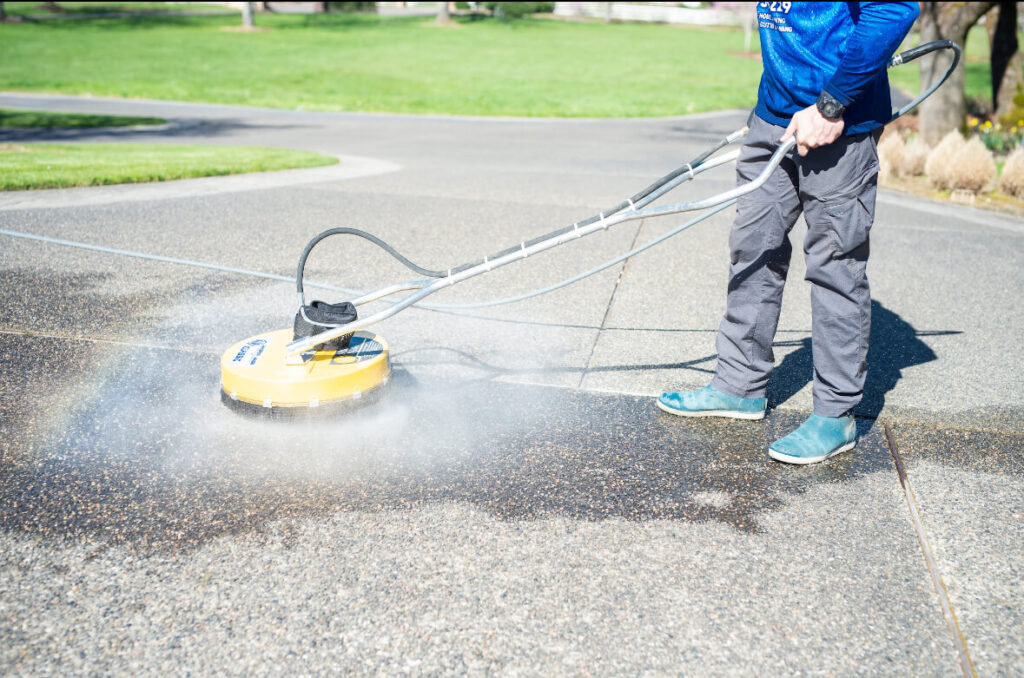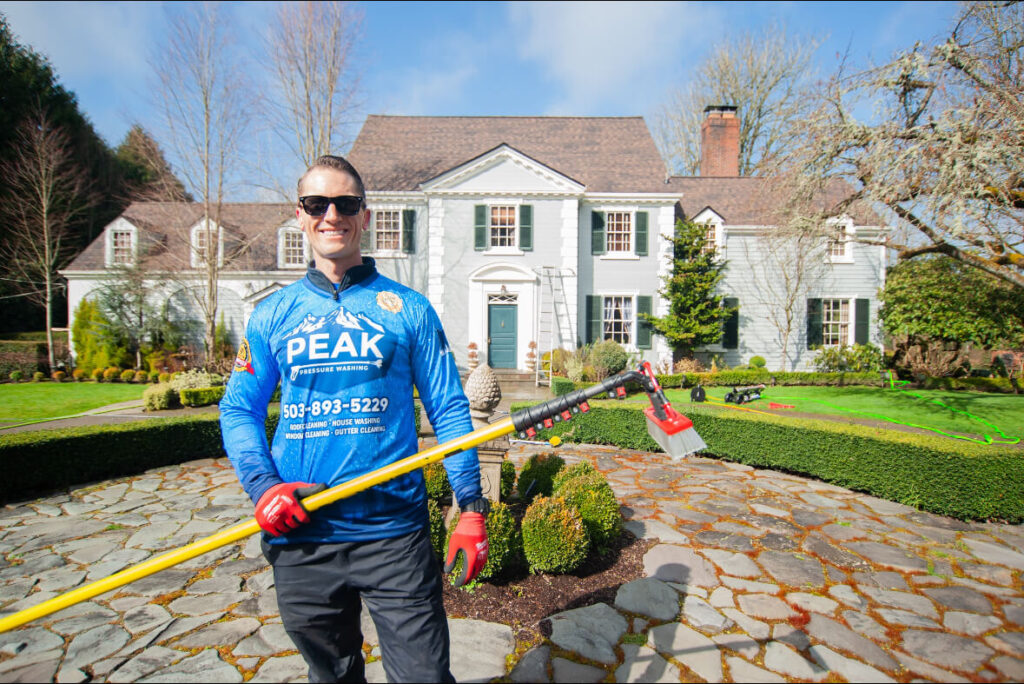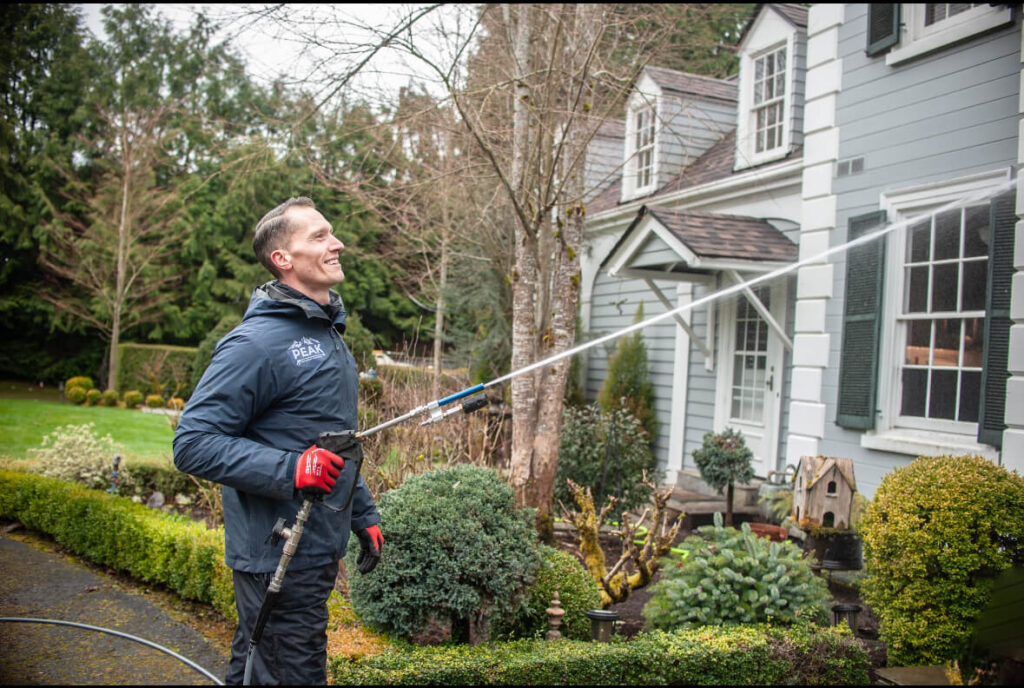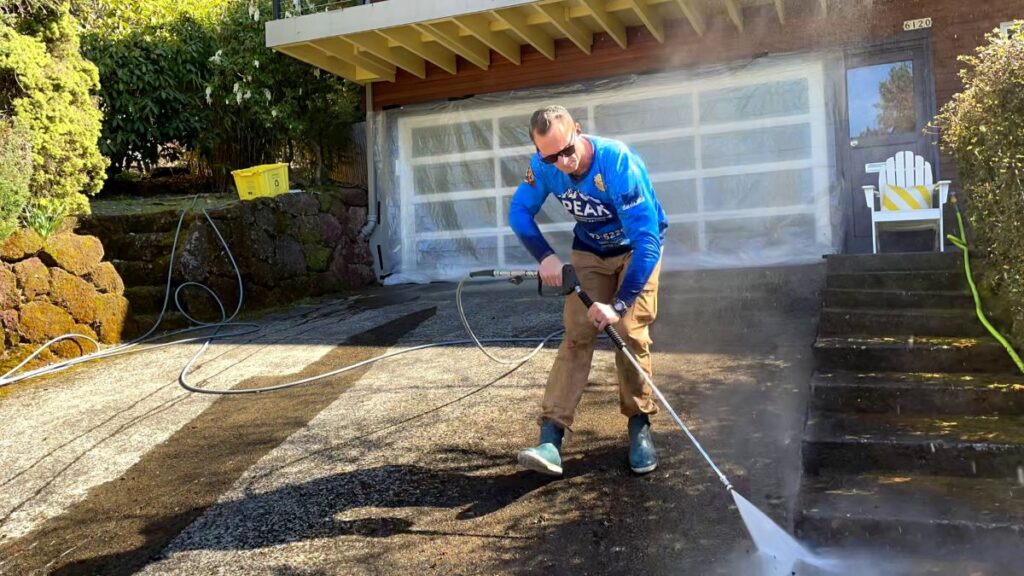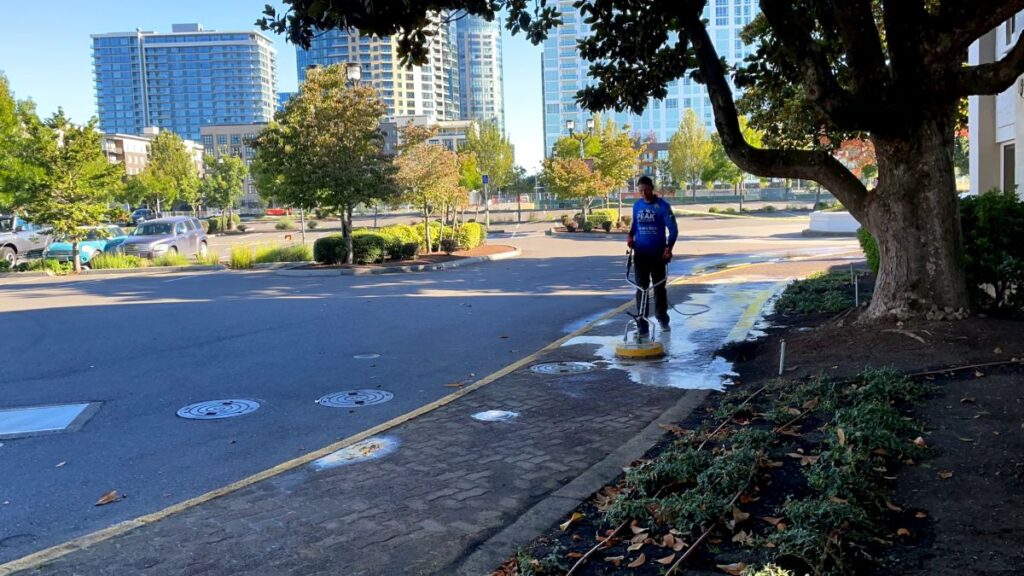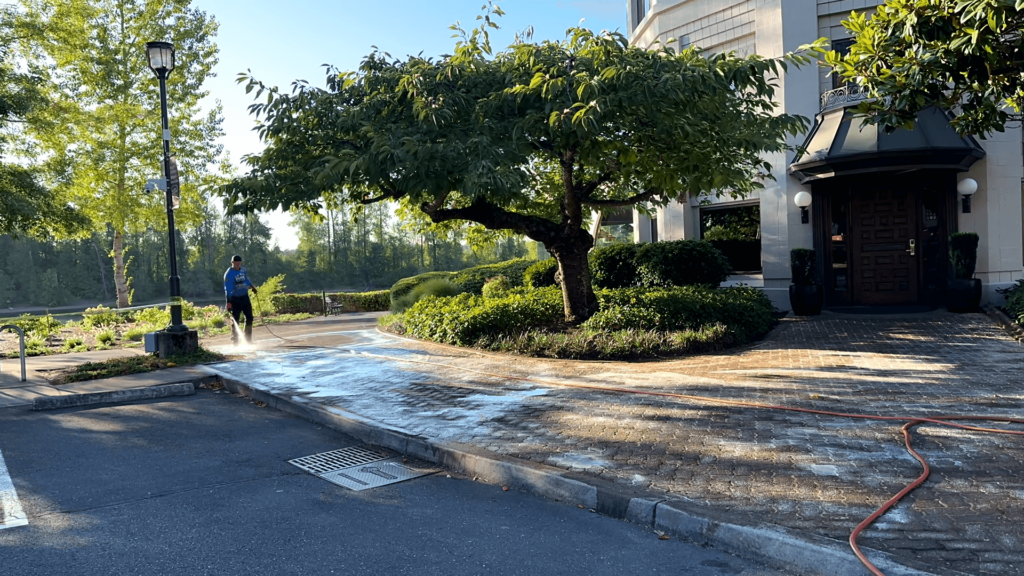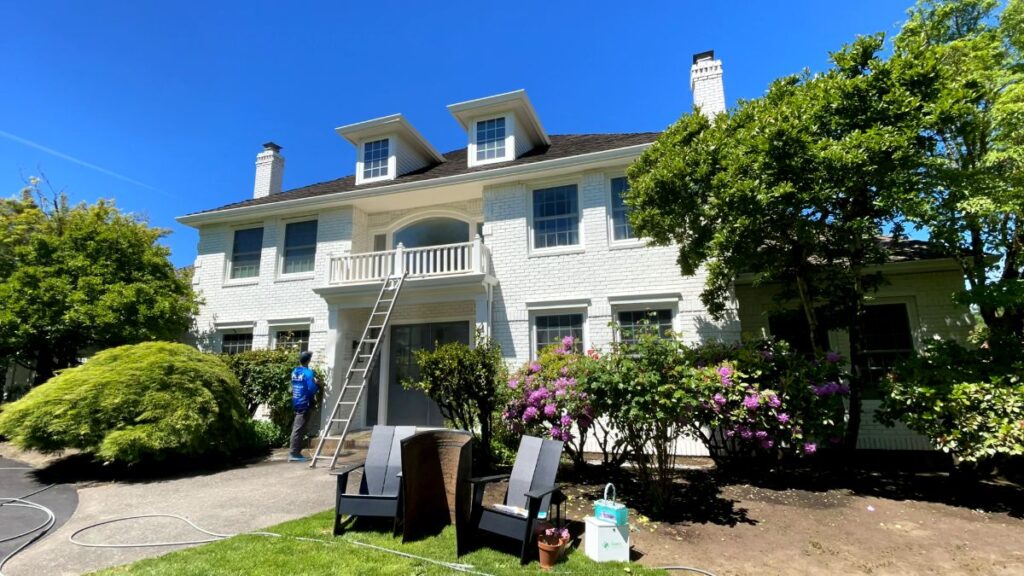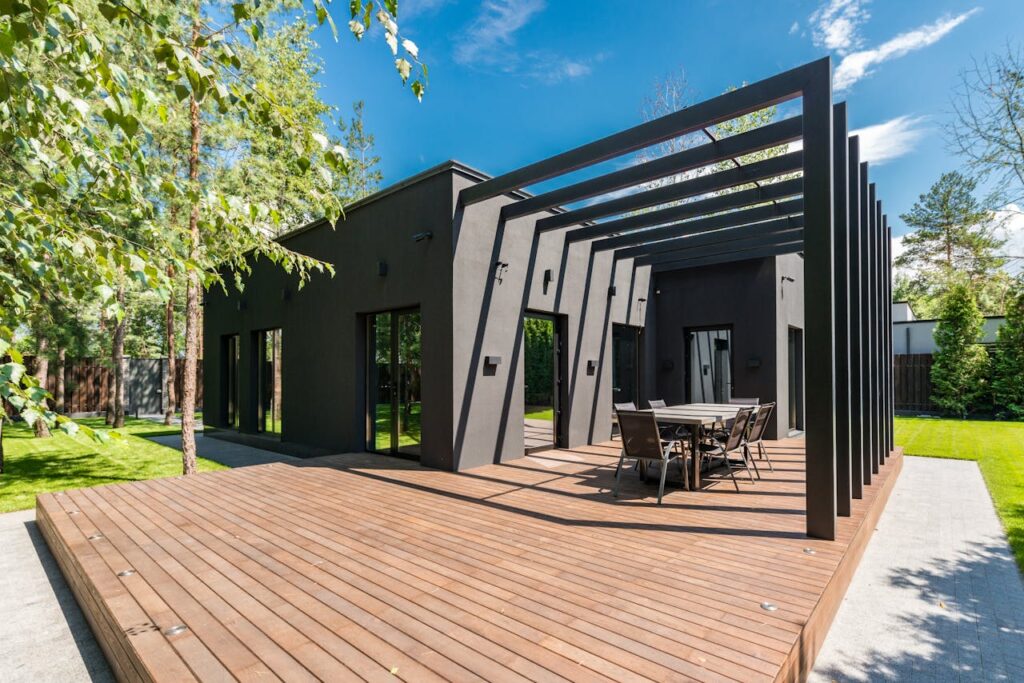Wood vs. Vinyl Fence Cleaning: What Property Owners Should Know
Key Takeaways Fences are more than just boundaries—they contribute to curb appeal, security, and overall property value. But exposure to the elements means they collect dirt, algae, mildew, and discoloration over time. Whether you own a traditional wood fence or a low-maintenance vinyl one, proper care is essential. And while occasional rinsing might help, comprehensive maintenance requires a deeper approach. In this guide, we break down the unique needs of wood and vinyl fences and explain why professional services are the most effective way to preserve your investment. Understanding the Differences Between Wood and Vinyl Wood Fences: Vinyl Fences: Knowing these differences is the first step. Applying the wrong technique or using incorrect pressure can do more harm than good. The Hidden Cost of DIY Fence Cleaning Many homeowners attempt to clean fences using over-the-counter detergents or garden hoses, but this often leads to incomplete cleaning or surface damage. In wood fences, aggressive scrubbing or high PSI pressure washing can gouge the surface and strip away protective sealants. For vinyl, the wrong products can leave residues or dull the finish. Additionally, DIY cleaning usually skips preventive care like sealing or UV protection, which plays a significant role in extending a fence’s life. Rather than risking damage or ineffective results, entrusting professionals who understand the proper methods and safety protocols ensures better results without compromising the material. What Professional Fence Cleaning Involves At Peak Pressure Washing, each fence material is treated with the right combination of technique, detergent, and pressure. Here’s how our process benefits your property: The result is a fence that not only looks better but is also protected against future damage. Fence Longevity Starts with the Right Maintenance Properly maintained wood fences can last around 15 years, while vinyl fences can exceed 25 years with regular care. However, this lifespan can be cut in half without proper upkeep. Oregon-specific concerns: Regular professional cleaning, especially before and after wet seasons, helps mitigate these problems. When and How Often Should Fences Be Cleaned? A seasonal cleaning routine is ideal: For most properties, a professional cleaning once or twice a year is sufficient. However, heavily shaded or landscaped areas may require more frequent care. Common Fence Cleaning Myths Why Work With a Professional? Hiring a trained fence cleaning professional saves time, protects your materials, and ensures thorough results. Benefits include: Peak Pressure Washing brings local expertise, eco-conscious methods, and tailored service to every job. Restore Your Fence With Peak Pressure Washing Keeping your fence clean is more than a cosmetic concern—it directly impacts your property value, safety, and long-term costs. Instead of guessing which cleaner or nozzle to use, let Peak Pressure Washing handle the job with precision. Whether you have a rustic wood perimeter or a sleek vinyl border, we tailor our services to your material and your goals. Reach out today and experience the difference professional fence cleaning can make.

